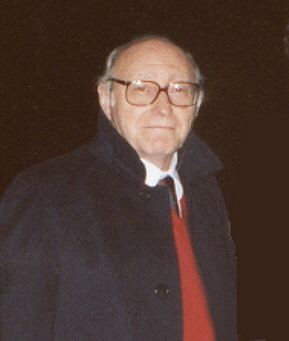Name Mario Costa Role Philosopher | Region Western philosophy | |
 | ||
Notable ideas "Technological Sublime""Aesthetics of Flux" Areas of interest Technology, Art, Aesthetics Books Fred Forest: homme-media n°1 | ||
Philosophical era 20th-century philosophy | ||
Mario Costa (born 7 December 1936 in Torre del Greco) is an Italian philosopher. He is known for his studies of the consequences of new technology in art and aesthetics, which introduced a new theoretical perspective through concepts such as the "communication aesthetics", the "technological sublime", the "communication block", and the "aesthetics of flux".
Contents
Career
Costa has had an extensive academic career. He has been Professor of Aesthetics at the University of Salerno, and has taught Methodology and History of Literary Criticism at the University of Naples, and Ethics and Aesthetics of Communication at the University of Nice Sophia-Antipolis. He has authored some twenty books and numerous essays, published in Europe and America. In 1985, he founded Artmedia, the Laboratory of the Aesthetics of Media and Communication, at the University of Salerno, Department of Philosophy. As a director of Artmedia he developed an intense activity of promotion of neo-technological art, and contributed to arrange many conferences and events in Naples, Paris, Köln, Toronto, Tel Aviv and São Paulo.
Thought
His theoretical work followed two main paths of research: 1) the socio-political and philosophical interpretation of the 20th-century artistic avant-garde, and 2) the development of a philosophy of technique, through the analysis of the changes introduced by new technology into art and aesthetics.
The technological sublime
In the early 1980s, Costa started an investigation on media and communication technologies whose first result was the aesthetics of communication, a theory which conceptualizes the possibility of an aesthetics of simultaneity at a distance. The basic principles of this theory were stated in 1985. In the 1990s, Costa defined a more general, comprehensive, aesthetic and philosophical, theory of new media, which he named the technological sublime. He traced the history of the sublime and of its metamorphosis: the rhetoric sublime of the ancient philosophy, the natural sublime of the 18th century, the industrial-metropolitan sublime of modernity, and finally what he considers to be the latest form of the sublime, namely the technological sublime. He argued that the excess from which any manifestation of the sublime comes from is represented by all the new electro-electronic and digital technology of image, sound, writing, communication, and spaceness. According to Costa, new technologies - which are developing as an exorbitant, self-operating technological system - imply on the one hand the weakening of the subject and the disappearance of the art and of all related categories (beauty, style, artistic personality, expression, etc.). On the other hand, new technologies are at the origin of a new aesthetic dimension, the technological sublime, which is defined by new categories: the de-subjectivation of aesthetic production, the hyper-subject, and the suppression of the symbolic and the meaning.
Contemporary art and the aesthetics of flux
According to Costa, the whole theoretical apparatus developed by traditional aesthetics, from the 18th century, has become completely obsolete and useless to understand the present manifestations of art. The emerging techno-anthropological condition and its most significant aesthetic products need a new explanation and theory, in which the "form", i.e., the basic category of traditional aesthetics, is finally substituted by the category of "flux", which his analysis considers both from a philosophical point of view and in its diverse aesthetic manifestations. Costa extended his reflection from the "cinematographic flux" to the present "technological aesthetic fluxes", made possible by the advent of digital technology and networks. He concluded that technological fluxes may also highlight essential aspects of contemporary ontology, being closely tied to our experience of time and existential attitude.
